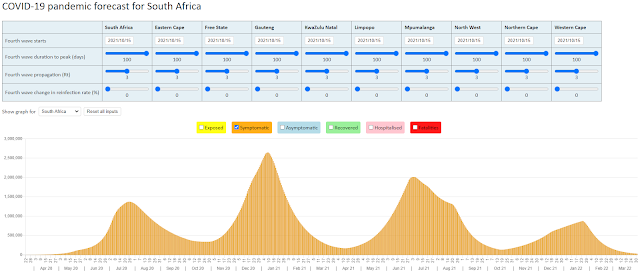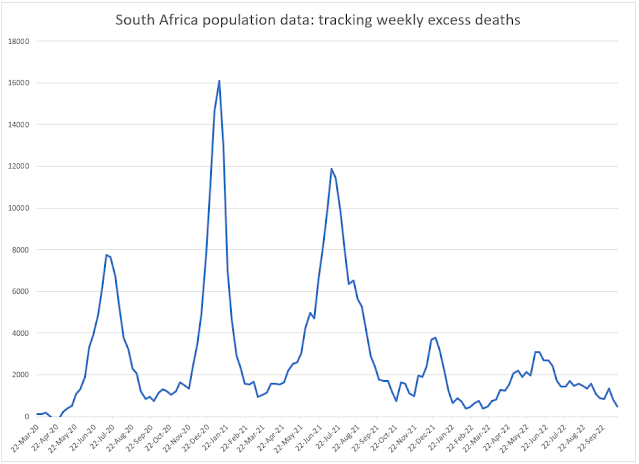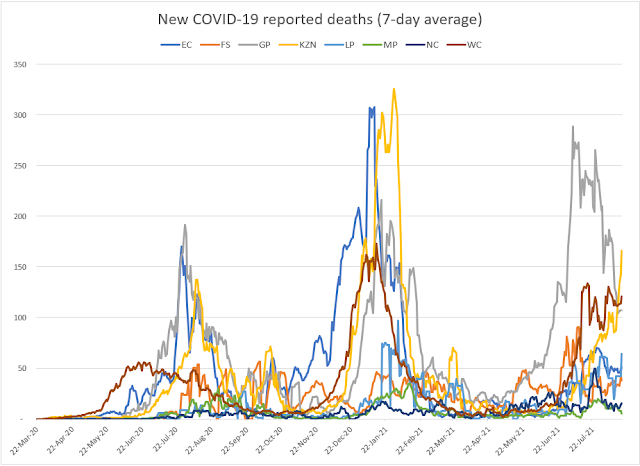Multi-state modelling
When confronted with a novel problem such as the progression of a disease such as COVID-19, it is often insightful to build a simplified model of the disease progression through the population. A multi-state model is one built to track the progression of lives through various disease stages (or states) using a unit of time such as days, weeks, months or years.
My first application of a multi-state model was back in 2004 when the model was built to better understand the progression of diseases related to the mining of Asbestos in South Africa. The four disease states that were modelled were pleural thickening (ARD 1), asbestosis (ARD 2), asbestos-related lung cancer (ARD 3) and mesothelioma (ARD 4)
The modelling was done in support of work for the Asbestos Relief Trust that was established to house a settlement following a group action brought against the owner of a number of asbestos mines and related to mining activities from 1965 to 1988. In terms of the model, each employee is allocated to one of the four disease states or a healthy state on leaving employment. For each year from leaving employment, the model calculates the likelihood of lives remaining in their current health state, moving to one of the higher asbestos-related-disease (ARD) states or dying. Successful claimants from the Trust could then be estimated from the lives allocated to each of the disease states.
The multi-state model was presented to the Actuarial Society of South Africa and the paper is available at https://drive.google.com/asbestos modelling paper 12 September 2006.pdf. A flow diagram showing the various model states is set out below:
The multi-state model built to better understand the spread of COVID-19 through the population of South Africa uses terminology that is commonly used for modelling infectious diseases. The 'susceptible' population are those lives who are at risk of being infected. For COVID-19, the entire South African population is susceptible. Lives in the 'susceptible' population are infected by the virus by coming into contact with infectious lives. Lives so infected are allocated to an 'exposed' state while they are in the incubation stage of the disease and therefore not themselves infectious. Lives move out of the 'exposed' state to one of three infectious states after the incubation period. The three infectious states are 'symptomatic unreported' (SU), 'symptomatic reported' (SR) and 'asymptomatic unreported' (AU). From the infectious states, lives either recover or die.
The lives needing hospitalisation and fatalities from the disease can be estimated from the lives allocated to the symptomatic infectious states and the recovered/died state.
For each day of the disease progression, the model uses parameters to determine the likelihood of lives remaining in their current state or progressing to another state.
4 April 2020





Comments
Post a Comment